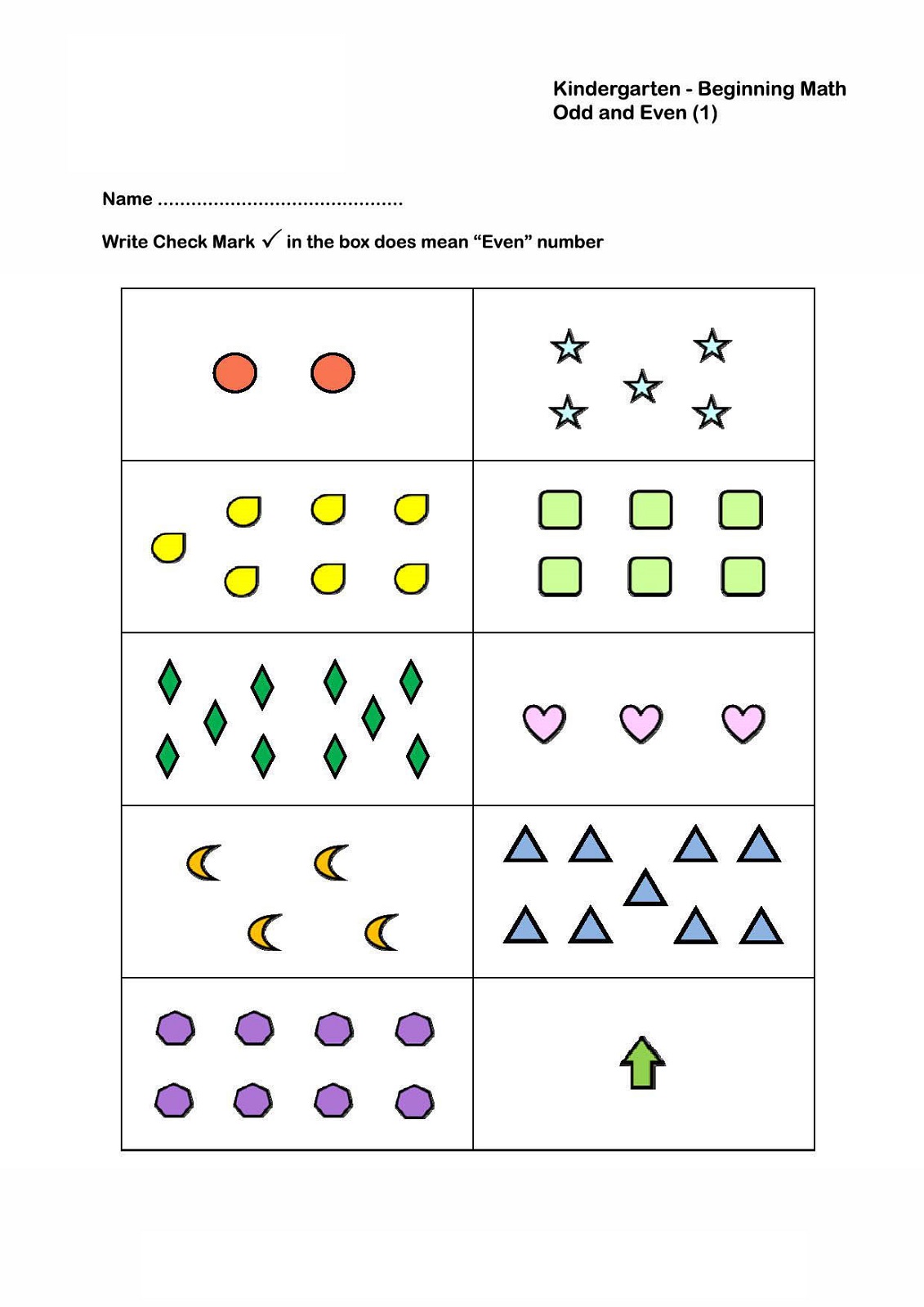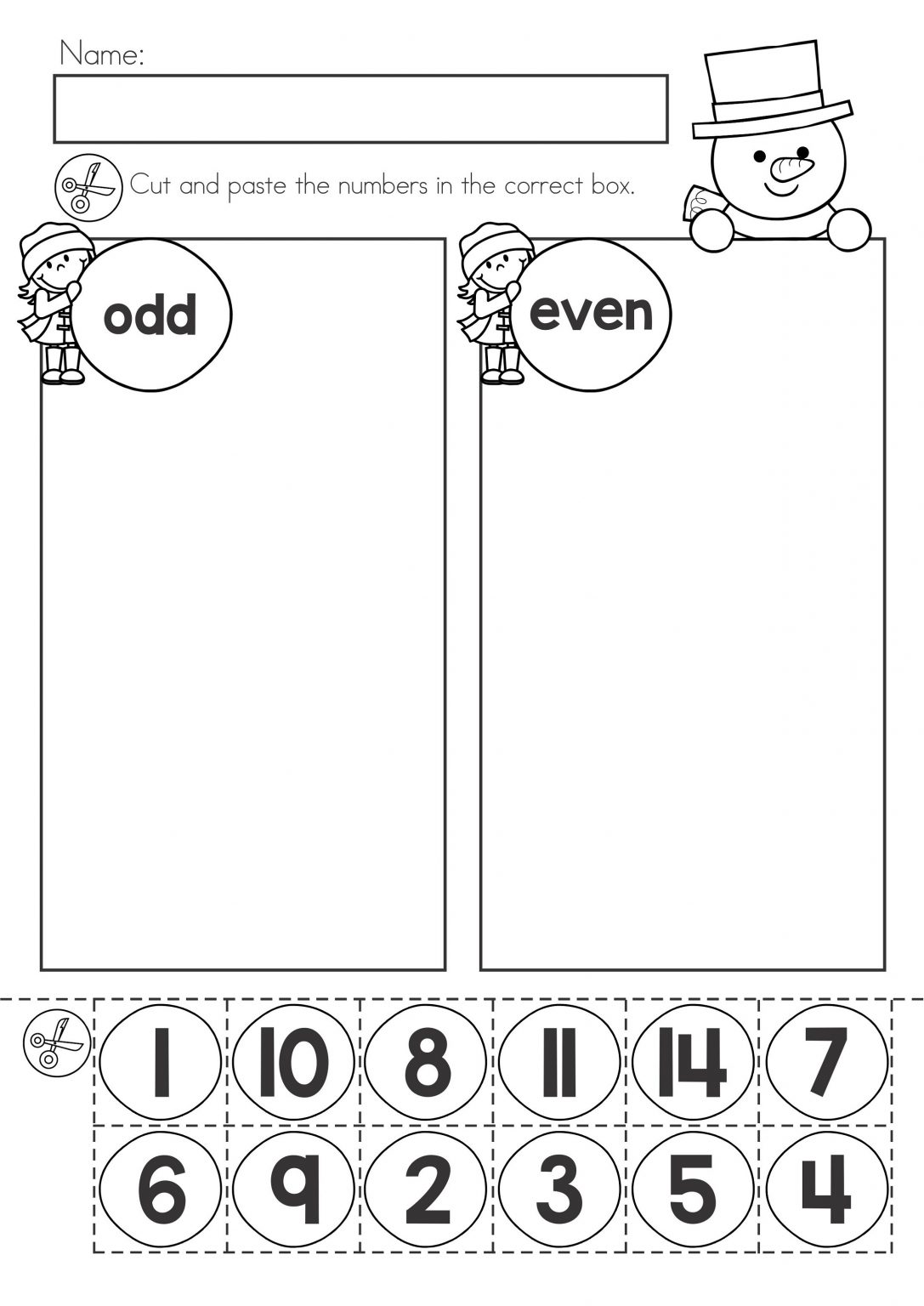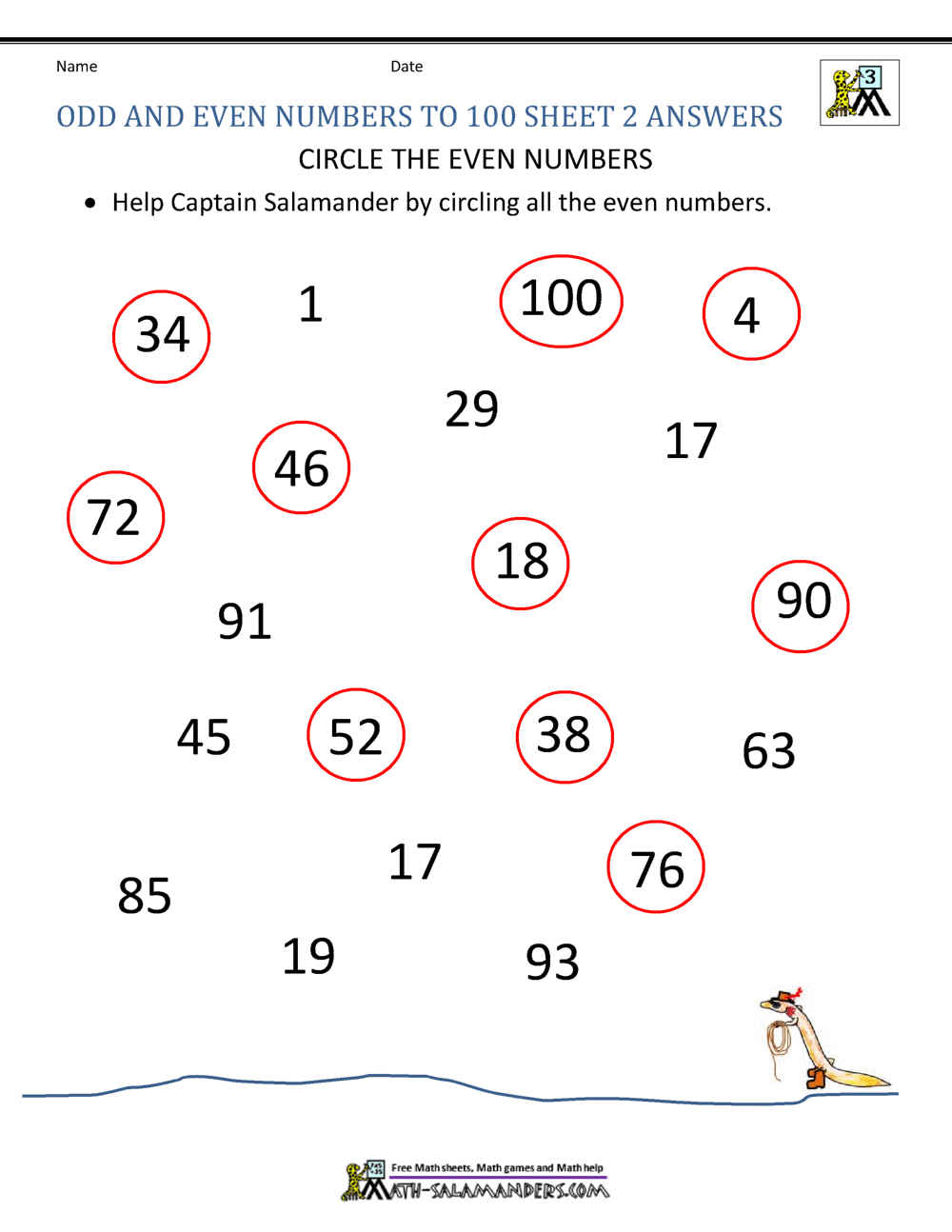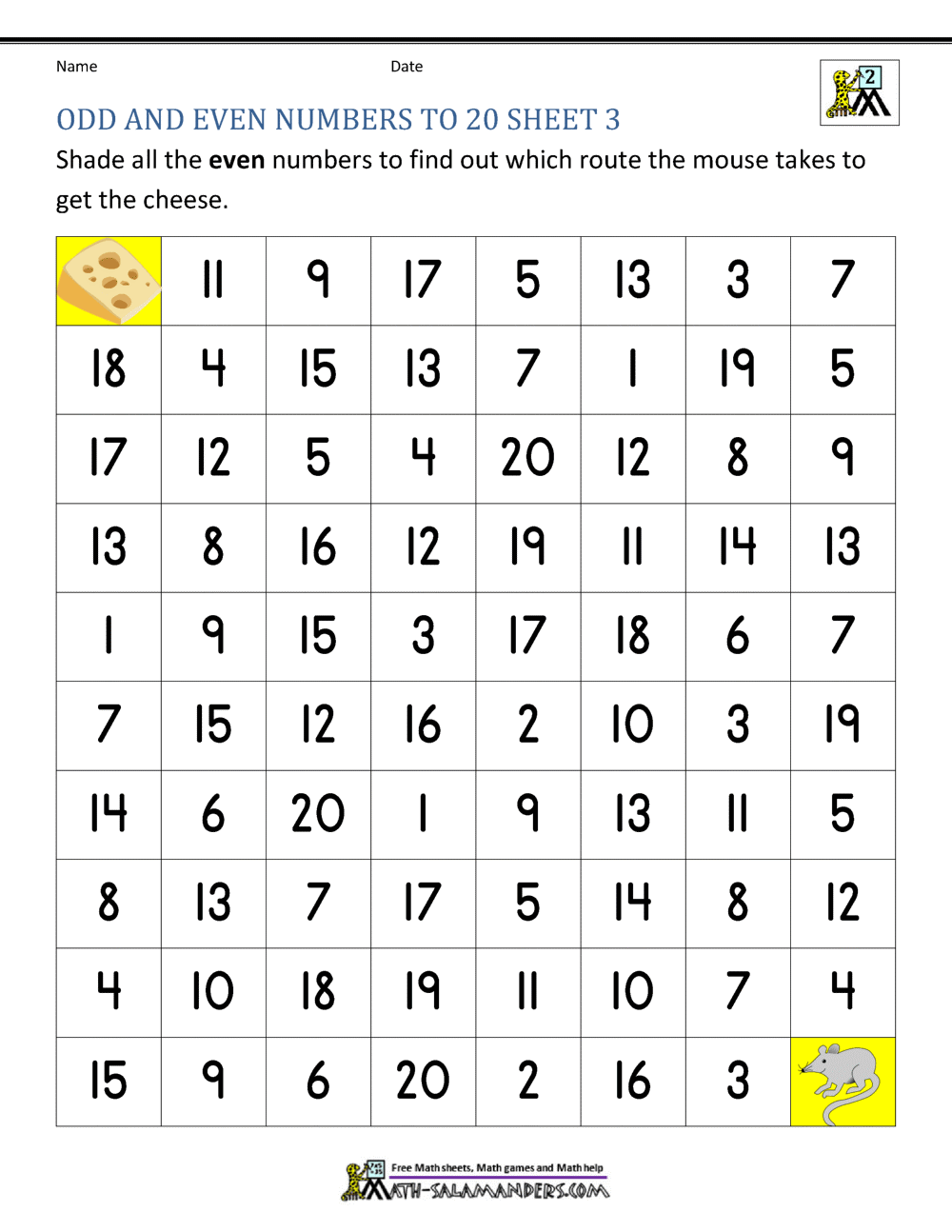Is the concept of even and odd numbers merely a mathematical abstraction or does it hold practical significance in various fields? The classification of numbers into even and odd categories serves as a foundational element in mathematics, impacting everything from basic arithmetic to advanced calculus. This distinction not only aids in simplifying complex computations but also plays an integral role in programming, data analysis, and creative design processes. By understanding the implications of these classifications, we can better appreciate their applications across diverse industries.
In the realm of education, the teaching of even and odd functions holds substantial importance. These concepts are pivotal for graphing, integration, and differentiating between proof by example and general-case proof. The ability to identify whether a function is even or odd allows mathematicians and students alike to predict symmetry and behavior patterns within equations. Such insights contribute significantly to problem-solving efficiency and accuracy. Furthermore, recognizing these properties enhances comprehension of more intricate mathematical theories, making them indispensable tools in academic curricula worldwide.
| Category | Details |
|---|---|
| Name | Even/Odd Studio |
| Type | Creative Studio & Production Company |
| Location | New York City |
| Founded | 2015 |
| Specialization | Bold Campaigns, Experiential Design, Original Content Creation |
| Website | evenoddstudio.com |
When applied to technology, the principles of even and odd extend beyond theoretical constructs into practical utilities such as conditional formatting in spreadsheets. For instance, utilizing formulas like =ISODD(B5) enables users to highlight cells containing odd numbers distinctly from those with even values. This functionality proves particularly advantageous when organizing large datasets or ensuring data integrity during validation checks. Moreover, understanding how absolute and relative addresses operate within custom formula rules empowers professionals to create dynamic, interactive worksheets tailored to specific analytical needs.
In lighting design software like GrandMA3, implementing checkerboard selections based on even and odd parameters adds another layer of complexity and creativity. Designers often require precise control over fixtures arranged in grids, necessitating macros capable of toggling between even and odd rows or columns seamlessly. Sebastian's approach—using [Set] + [Next] along the Y-axis—illustrates an effective method for achieving this functionality while maintaining flexibility regardless of grid dimensions. Such techniques underscore the versatility of even/odd distinctions in specialized software environments.
Data processing platforms, including Alteryx Community, leverage similar logic to determine whether numerical inputs qualify as even or odd. A common solution involves dividing the target number by two and evaluating the remainder; if zero remains, the number is classified as even; otherwise, it falls under the odd category. This straightforward yet powerful algorithm facilitates automation workflows where categorization impacts downstream operations. Consequently, businesses benefit from streamlined processes that enhance productivity and reduce manual intervention.
National Instruments (NI) forums frequently address queries regarding numeric comparisons involving evenness or oddity alongside whole versus fractional determinations. Advanced algorithms enable robust assessments of incoming data streams, ensuring accurate classification irrespective of input type. These capabilities prove invaluable in scenarios requiring real-time decision-making or anomaly detection systems. As computational demands grow increasingly sophisticated, so too must our methods for handling fundamental numerical properties.
From a purely mathematical perspective, decomposing any given function into its constituent parts—an even component and an odd counterpart—reveals fascinating insights about symmetry and structure. Mark Dominus’ exploration of this topic highlights the elegance inherent in such decomposition exercises. By expressing every function as the sum of an even and an odd element, mathematicians gain deeper understandings of underlying patterns and relationships governing diverse phenomena. Applications span physics, engineering, computer science, and countless other disciplines reliant upon precise modeling techniques.
Ultimately, the study of even and odd numbers transcends traditional boundaries, manifesting itself in unexpected ways throughout modern life. Whether through educational instruction, technological innovation, artistic expression, or scientific discovery, these seemingly simple concepts continue to shape our world profoundly. Embracing their potential opens doors to new possibilities, encouraging us to explore further and challenge conventional thinking at every turn.



